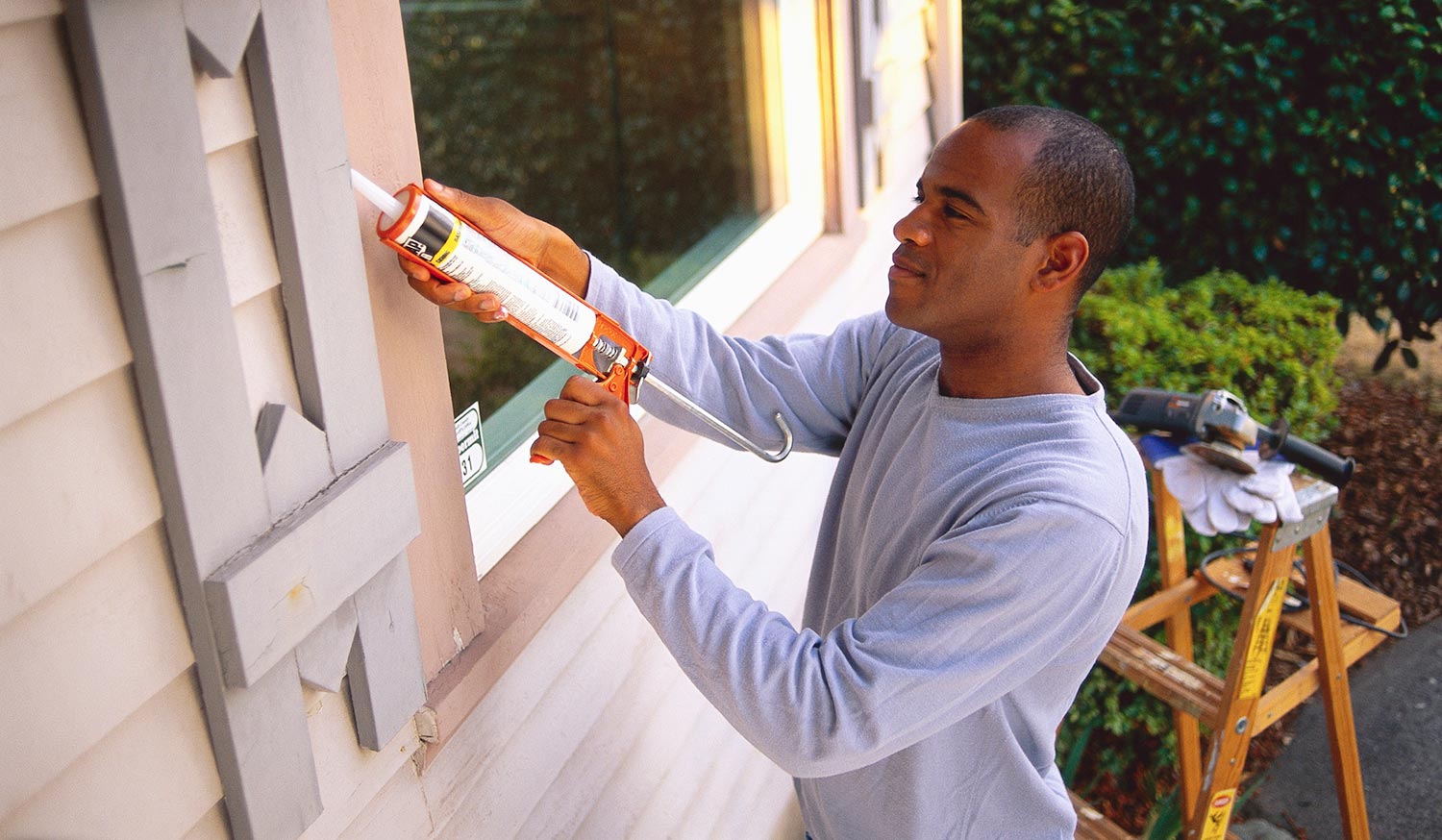
The average propane tank costs between $600 and $2,500, depending on the size, location, and more. Our expert guide explores all the factors.
Protect your pipes (and your home!)


Preparing your home for the winter is more than buying wreaths and inflatable Santas. You should prep your pipes for the cold long before it’s the season to deck the halls—in fact, winterizing your home is a Thanksgiving plumbing tip. Not caring for your pipes before winter sets in could lead to finding frozen pipes in your home and expensive repairs. But you can take several preemptive steps to winterize your pipes, ensuring you're prepared and that your pipes will survive the snow.
Plumbing winterization starts with insulation. Pipes in places like the attic, crawl space, or garage are more likely to freeze—especially when temperatures drop to 20 degrees Fahrenheit or lower. Using a combination of heat cables and insulation is worth it to help protect pipes from freezing. You can find insulation tools in your local hardware or plumbing supply store.
But keep in mind: Just using insulation alone won’t be enough to keep your pipes warm, and it can even prevent heat from getting to the pipes. So it’s important to use insulation and heat cables as your pipe protection dream team.
To winterize outside faucets and pipes, disconnect the hoses from the outdoor faucets and drain any existing water in the hose. If possible, it's also a good idea to turn off the water supply to the outdoor faucet and open it up to drain any remaining water in the pipes.
On extra-cold nights, turn on faucets along exterior walls and let them drip through the cold. Keeping dripping faucets eliminates the pressure that can build between the faucet and any potential ice blockage. So even if the pipe freezes, it might not burst.
Introduce more heat by opening the cabinet doors below your sinks. This small act lets more heat get to the pipes within.

Before winter arrives, inspect your home’s exterior and look for any cracks or holes. Fill these imperfections with spray foam insulation and caulking to help stop the cold air from getting to your pipes.
Pier and beam homes with ventilated crawl spaces should be sealed against the cold weather. Cover your vents with heavy-duty pieces of cardboard cut to size and duct tape the cardboard in place. Don't forget to seal off access to the crawl space, too.
If you have a basement, look for cracks in any basement windows that could allow cold air to make contact with pipes. Also, check for worn or missing insulation around the garage and utility doors.
Turning your heat off is a bad idea, even if you’re planning to be away from home. The money you’ll save on your heating bill won’t exactly cover the cost of fixing damage from a burst pipe! So if you’re traveling for the holidays, set the thermostat to 55 degrees Fahrenheit or higher.
This optional step can help improve water flow in pipes and prevent cold air from freezing the pipes from the inside out. While the step alone likely won’t make any significant difference in preventing pipes from freezing, removing air from pipes does help keep water flow steady in the pipes, which can help prevent pressure from building up inside them until they burst.
There are several signs of frozen pipes to look out for, including:
Little or no water coming out of your faucets
Visible frost on the pipes
Foul odors coming from your drain or faucet
Unusually low water pressure
Water hammer sounds coming from the pipes
Strange-tasting water
Bulging or leaking pipes
Gurgling or bubbling sounds when you turn on the faucet or flush the toilet
If you're wondering what to do when your pipes freeze, there are a few steps you can take to help thaw them and get them back in working order. Start by turning on the faucets in your house to identify where the frozen pipes are. If there's little or no water coming out of a faucet, then your frozen pipe is likely nearby, leading to the faucet. You might also be able to identify frozen pipes by looking for visible frost on them.
Once you identify the culprit, turn on the nearby faucet to relieve any pressure from the system and allow water to drain out as the pipes thaw. Make sure to turn on both the cold and hot handles.
Now it's time to start the thawing process by applying heat to the pipes. You can use a hair dryer and/or heating pad to help warm them up; you can also use a space heater, but make sure you use a gradual heat setting and supervise the process to avoid any damage. Don't use any fire or other forms of extreme heat. The thawing process can take a while, so try to be patient.
Once the water starts flowing again, inspect the faucet and surrounding pipes for any leaks or other damage that might have occurred during the freeze. If you find any damage, call a licensed plumber or a plumber near you to help.
From average costs to expert advice, get all the answers you need to get your job done.

The average propane tank costs between $600 and $2,500, depending on the size, location, and more. Our expert guide explores all the factors.

Whether you’re changing your home’s floor plan in a remodel or just replacing old, worn-out plumbing, this guide will help you estimate the cost of repiping a house.

A leaky faucet can lead to costly water damage and a lot of wasted water. Learn how much it costs to fix a leaky faucet based on type, part and labor.

Most homeowners will eventually need to replace bathroom hardware. This guide breaks down bathtub faucet installation costs, so you can upgrade your bathroom.

Plumbing a bathroom starts with knowing the steps for a successful DIY project. Follow this guide to learn how to plumb a bathroom yourself.

Cutting pipes can be easy, but this job requires some safety measures. Learn how to cut metal pipes quickly and safely for any plumbing project.